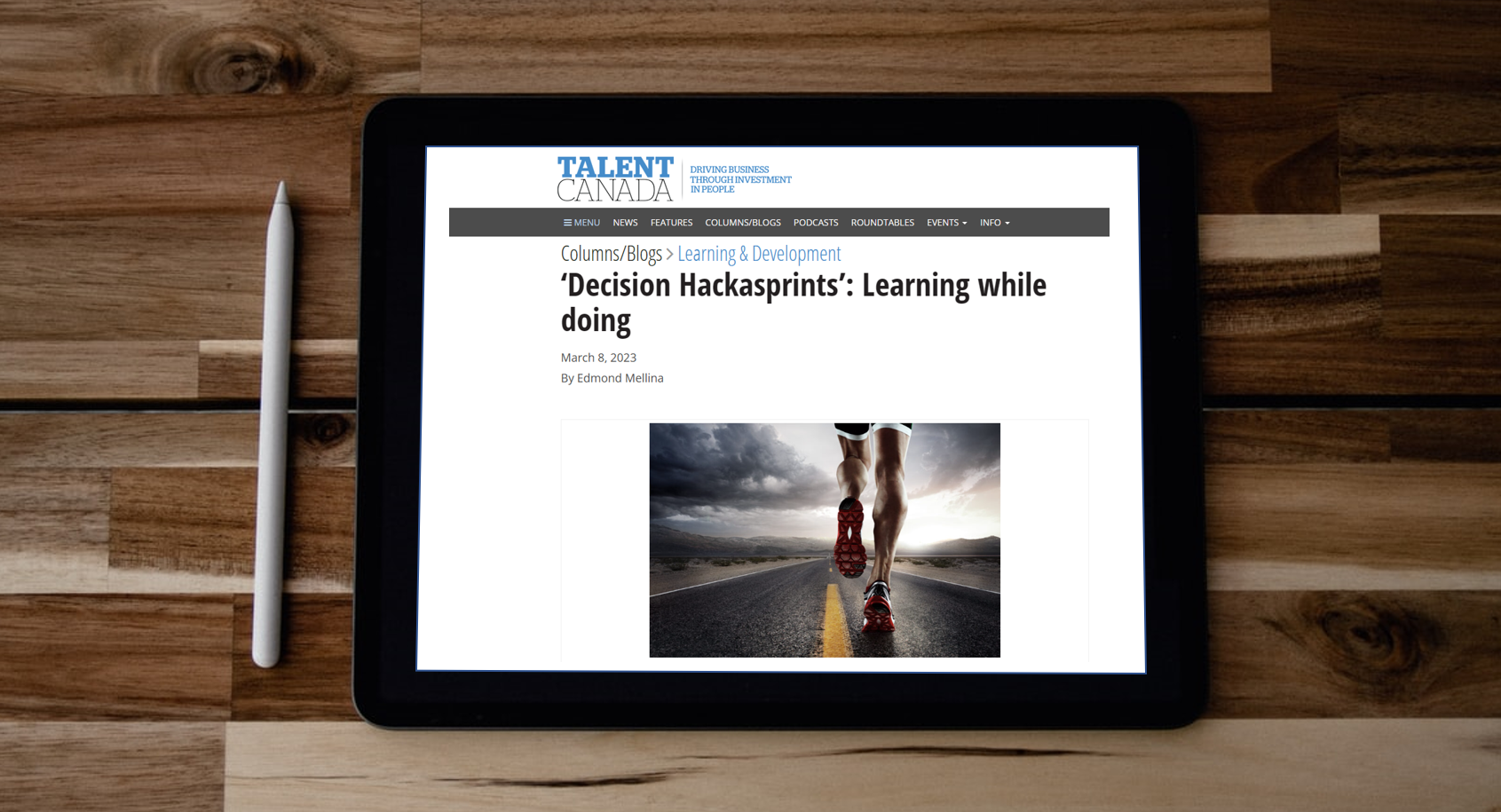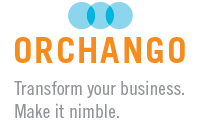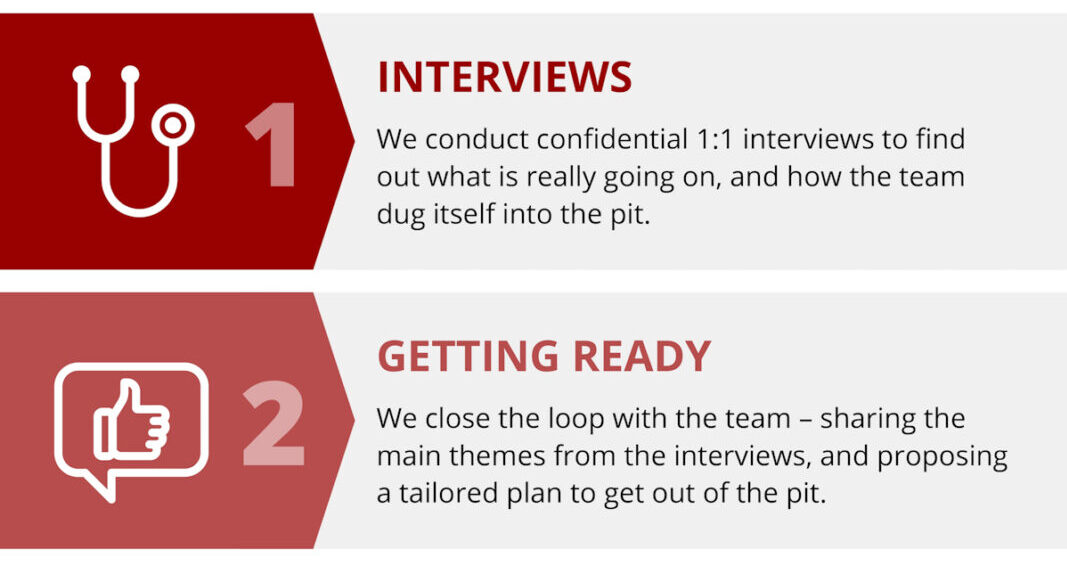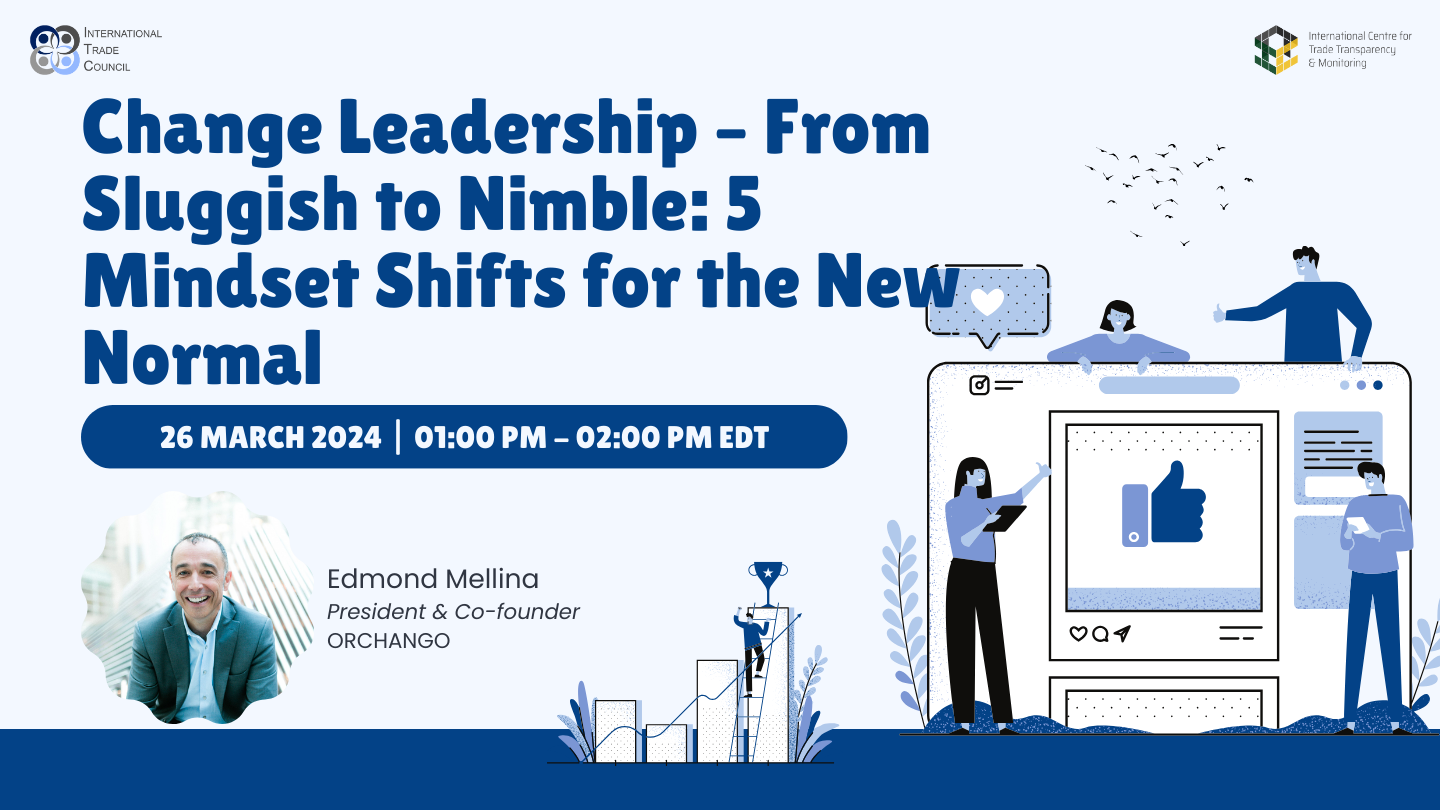How do you transform the dynamics of a team (leadership or otherwise) from dysfunctional to…
‘Decision Hackasprints’: Learning while doing

Latest column by ORCHANGO President & Co-founder Edmond Mellina for Talent Canada.
To be nimble, organizations must make decisions in a timely fashion and at the right level in the business. How do you get people throughout the business to embrace agile decision-making? Continuing the discussion started via his previous articles for the magazine, Edmond explains the concept of facilitated Decision Hackasprints – which is the approach we use with our clients…
Read the full article below ⬇️ or on the full article on Talent Canada’s website: ‘Decision Hackasprints’: Learning while doing
So, you came to the realization that when it comes to decision making, your organization is not nimble. Hopefully, you’ve selected the right framework to make good decisions at speed. Now, it’s time for the real work to start!
How do you get people throughout the business to embrace agile decision-making?
I don’t believe in “silver-bullet” solutions. However, through our work with clients, we have found that unleashing the power of facilitated Decision Hackasprints is central to tackling the challenge.
What are Decision Hackasprints?
In essence, it’s action-learning.
A small group of carefully selected people get together to hack a decision. First, they reach a decision with agility – using the DAI model (Decision maker | Advice givers | Informed stakeholders), also knows as DCI (Decision maker | Consulted | Informed stakeholders).
Then, the group reflects of what just happened. From this retrospection, the necessary mindsets and behaviours are clarified and reinforced. All this learning will eventually be disseminated throughout the organization.
How do you get going?
It all starts with a “Decision sponsor” bringing forward a decision that looks like a great Hackasprint candidate: a decision to be made in a timely fashion; but that the business would typically handle in a sluggish way.
We ask the Decision Sponsor who they think should be the “D” – the Decision maker. After reaching out to the D, we finalize with them the list of participants that will be invited to the Decision Hackasprint.
Who participates in a Decision Hackasprint?
In addition to the D, we need three to five Advice givers – they are the “As”. Their role is to provide their best advice to the D.
The As are carefully selected based on three criteria. First, capable of pushing the thinking of the D by providing different and balanced perspectives. Second, respected for their willingness to speak of behalf of various stakeholders. Third, ability to see the forest from the tree, so to speak.
We also invite a couple of Informed stakeholders – they are the “Is”.
In the typical application of the DAI framework, the Is are not involved in decision-making. Instead, they are made aware of the decision once the D has reached it.
However, as you start to build the organization’s nimble decision-making capabilities, it is critical to get Informed stakeholders to participate in Decision Hackasprints. They come as observers. The idea is for them to experience what it feels like to let the D decide without their direct input.
Finally, we ask our clients to provide a couple of internal facilitators. They also come as observers. Eventually, they will take over from us – as explained further below …
What does it take to prepare for a Decision Hackasprint?
When sending the invitation, the D forwards the necessary background information – so that the As can think ahead, do some research, and be ready to bring forward their best advice.
We also provide all participants with a briefing document. It explains the concept of Decision Hackasprints; and it highlights the key mindsets and behaviours to bring to the session – based on their specific role: D, A, or I.
What is the agenda?
A Decision Hackasprint typically lasts two hours.
The group starts by confirming the D; and we clarify the other roles. Then, it’s decision time: the D hacks the decision with input from the As – while everyone else observes silently.
The key is for the D to lead the discussion with assertiveness and discipline.
After one hour or so, we conduct a retrospective. Participants take turn sharing how they felt through the process. All together, we extract learning and implications for the rest of the business.
What are the outcomes?
At the end of each Decision Hackasprint, not only do we have a good decision made with agility; but the organization is also making tangible progress on its journey to develop nimble decision-making capabilities.
After a few Hackasprints, we hand over the baton to the team of internal facilitators. It is the start of “Phase 2 – Internally Facilitated”.
Eventually, as agile decision-making is becoming second nature throughout the business, the organization moves to “Phase 3 – Self Facilitated”.
Call to action
Feel free to use the above blueprint to unleash the power of action-learning and make your business nimbler!




This Post Has 0 Comments